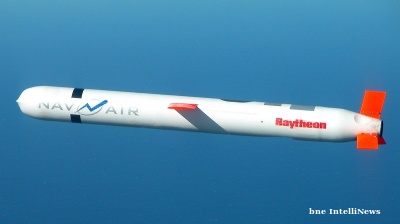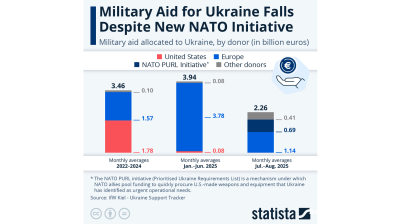The governor of the Central Bank of Iran (CBI), Mohammad Reza Farzin, announced on July 6 that Iran and Russia are set to use their national currencies in trade and connect ATM networks by August, according to the CBI website.
Iran and Russia have been working to strengthen their banking systems since sanctions were imposed on Russia for more than a decade. Plans are underway to address the challenges faced by businesses in both countries. These include adopting currency swap deals, using offshore currencies, employing cryptocurrencies, and connecting interbank networks.
Elaborating on his recent trip to Russia over the weekend, the governor stated that a deal was concluded with the Russian central bank to eliminate the use of the dollar in bilateral transactions.
Iran and Russia have not provided further details about the deal and its mechanisms.
In the past, Iran had a similar swap deal with Turkey, which was seemingly cancelled following the re-imposition of sanctions on Iran in 2018.
Farzin also noted that work is ongoing to prepare the infrastructure for introducing offshore rial for ruble transactions at the Iran Centre of Exchange, a central exchange platform established by the CBI to control the market and reduce informal market transactions.
In 2023, the two central banks signed a significant agreement to establish banking ties, as both are disconnected from international interbank messaging systems such as SWIFT.
Earlier in 2023, Iran’s SEPAM system was linked to Russia’s Financial Message Transfer System (SFPS), allowing some banks to start offering transactions to Iran or open letters of credit.
As part of the new deal, Iranian bank cards can be used to withdraw rubles from ATMs in Russia starting in August. This marks the first phase of plans to connect Iran’s Shetab interbank network to Russia’s MIR network.
Initially, Russian citizens will be able to withdraw rubles from ATMs in Iran. Later, after the third phase is implemented, Iranian bank cards will be usable for payment transactions via POS terminals in Russia.
Currently, Russians can use Mir cards in 12 countries: Turkey, Vietnam, Armenia, South Korea, Cuba, Uzbekistan, Belarus, Kazakhstan, Kyrgyzstan, Tajikistan, South Ossetia, and Abkhazia.
All Iranian banks and credit institutions are required by a CBI directive to connect to Shetab. This measure has been on the CBI’s agenda since 2017 but has been repeatedly postponed for unknown technical reasons.
The plan aligns with the two countries' policies to boost tourism ties, although the total number of tourists between the two countries is reported to be around 30,000 to 40,000 annually.
Farzin also noted that the two sides agreed to start the second action plan to boost banking and financial ties.
The impacts of these measures remain unclear for many business owners and experts. According to Kambiz Mirkarimi, a board member of the Iran-Russia Joint Chamber of Commerce, the use of payment cards for Iranian and Russian transactions depends on Iran's exchange rate unification.
“While the technical capabilities for settling accounts via payment cards are in place due to the interconnected banking networks of Iran and Russia, the effectiveness of this method depends on resolving the multiple exchange rate issue within Iran.”
News

Ex-chairman of Istanbul-listed Sisecam hit with travel ban in Can Holding investigation
Company is controlled by "Ataturk" bank Isbank, which has previously been in the crosshairs of Turkish president Erdogan.

Ghana’s dormant TOR refinery to restart crude operations by October-end
Ghana has long struggled to translate its crude output into refined fuel security. Successive governments have pledged to revive TOR, which has faced years of debt, mismanagement, and technical breakdowns.

No Tomahawks for Ukraine, Trump to meet Putin in Hungary
The US cannot deplete its own stockpile of Tomahawk cruise missiles by supplying them to Ukraine, President Donald Trump said at a press conference on October 16 following a phone conversation with Russian President Vladimir Putin.

Bangladesh seeks death penalty for former Prime Minister Hasina
Bangladesh’s interim administration led by Nobel laureate Muhammad Yunus has requested the country’s criminal tribunal impose the death penalty on former Prime Minister Sheikh Hasina



